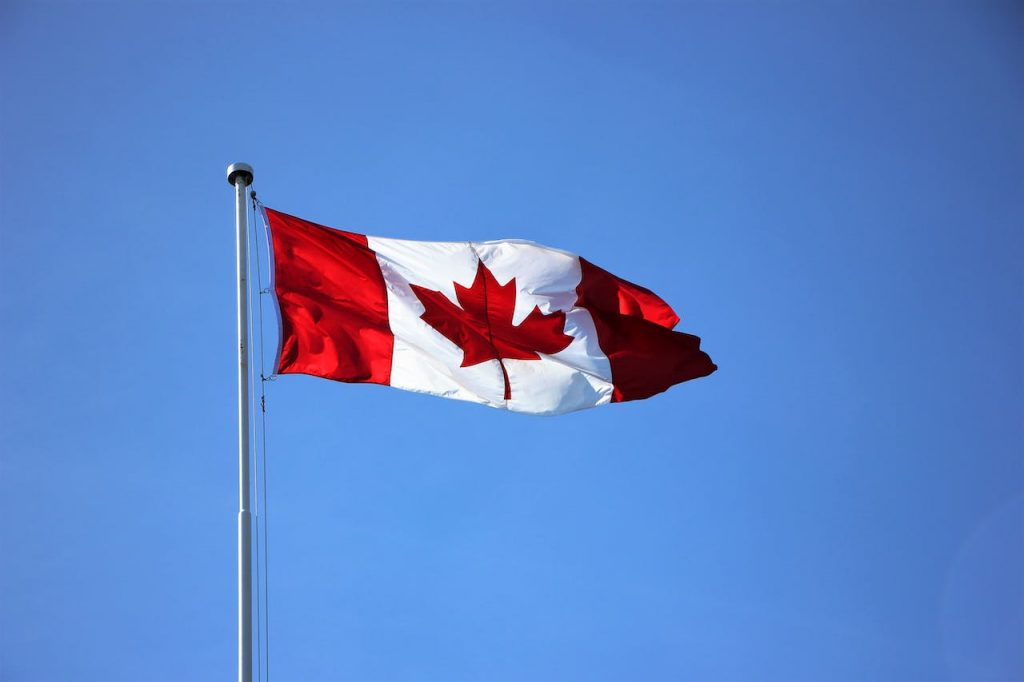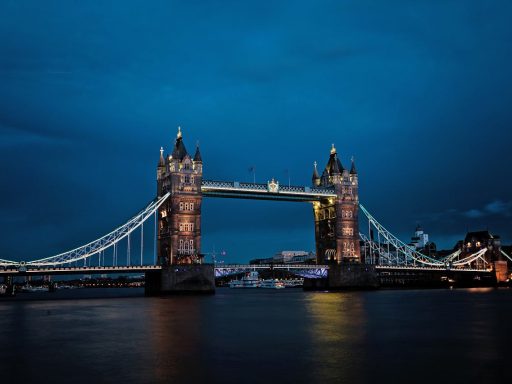Canada is known for its stunning natural landscapes, vibrant multicultural cities, and endless wildlife spotting opportunities. Hence, visiting the country promises an unforgettable experience for Indian travellers.
But with so much to see and do, it’s easy to feel overwhelmed planning your perfect Canadian holiday. Don’t worry – we’ve put together this handy checklist covering everything you need to prepare for a smooth and stress-free first-time visit to Canada.
1. Research the Entry and Visa Requirements
As an Indian passport holder, you’ll need an Electronic Travel Authorisation (eTA) to enter Canada. This can be easily obtained online prior to travel by submitting an application through the official Canadian government website.
Be sure to hold a valid passport, have confirmed return travel plans, and have adequate funds to support yourself during the trip. Processing is typically straightforward and completed within minutes. But apply with plenty of time (at least a few weeks) before your scheduled departure, just in case more information is needed.
Check that your existing visa or the eTA covers the duration and purpose of your planned Canadian trip. Tourist stays are normally limited to 6 months.
2. Pick the Right Time to Visit
With large variances in climate and weather across Canada’s vast landscape, when you choose to arrive, it will impact everything from the places you can access to the attractions and activities available.
Summer (June-August) promises the warmest weather and longest daylight hours, which is especially helpful in northern destinations above the Arctic Circle! But do prepare for crowds and peak rates for accommodation and transportation.
Shoulder seasons like spring (April-May) and fall (September-October) offer mild temperatures and fewer tourists. You’ll have better chances of seeing snow in winter. Just be ready for short days, potential travel delays, and many attractions operating on limited hours or closing entirely in the coldest months.
No matter when you visit, always pack suitable clothing like waterproof and layered jackets to handle Canada’s varied climate during your stay.
3. Get Appropriate Travel Insurance
Don’t let an unexpected emergency, illness, or incident drain your trip funds. Protect yourself by purchasing comprehensive travel insurance for Canada before leaving India. Having the right travel insurance policy in place from day one gives vital financial, legal, and logistical assistance should the worst occur abroad.
Look for a plan that includes substantial medical and hospital coverage, evacuation benefits, trip cancellation protection in unforeseen circumstances, and coverage for lost baggage or other travel mishaps. Read exclusions and ensure coverage aligns well with your specific Canadian destination(s) and planned adventure activities like skiing, hiking, or water sports.
To avoid processing delays, print or save digital copies of your insurance paperwork to quickly provide when requested. Most hospitals, clinics, hotels, and even some visitor attractions in Canada will ask to view proof of travel insurance during check-in.
4. Understand the Currency and Carry Suitable Payment Methods
Canada uses the Canadian Dollar (CAD) as the official currency. You cannot pay directly in Indian Rupees anywhere in the country.
Have at least some cash in CAD on hand after you arrive to pay for transport from the airport, meals, or other incidentals easily without relying solely on cards.
Otherwise, credit and debit cards issued under major providers like Visa, MasterCard, or Amex are widely accepted across Canada. Contact your issuing bank to confirm your card(s) will function abroad and alert them to your Canadian travel dates to avoid potential fraud holds.
Multicurrency forex cards provided by leading Indian banks are also useful. Load CAD funds in advance and use them like a debit card overseas without expensive international transaction fees. Just notify your bank of destinations you’ll visit so the card is authorised anywhere you go.
Avoid relying exclusively on traveler’s checks. Acceptance is limited in modern Canada compared to past eras.
5. Pack Suitable Clothing and Gear
Figure Canada’s weather often shifts rapidly across seasons and plan apparel accordingly. Focus packing space on versatile layered pieces that mix and match well for warmer sunny interludes or sudden wind and plunging temperatures.
Essentials like waterproof boots, heavy socks, gloves/mitts, winter hats, thermal base layers, midweight pullover fleeces, and a thick winter jacket provide reliable comfort across the cold Canadian landscape.
Take cues from locals and keep an umbrella or lightweight raincoat handy – Canada sees plenty of precipitation year-round.
Pack suitable gear for planned activities, too. Hiking boots, bug spray, backpack, and navigation devices like a compass for the trails. Swimsuit and sandals for water fun. Skis, snow pants, and goggles if hitting the slopes.
6. Learn Key French Phrases
English and French share dual official language status across Canada. You’ll get by fine communicating only in English within most big multicultural cities like Toronto or Vancouver.
But don’t be shocked to encounter more French in public signage, announcements, and conversations when visiting Quebec province or smaller rural towns elsewhere.
Brush up on a few polite greetings, basic questions, and niche vocabulary for your destination to exchange pleasantries, ask for help, or interpret crucial information. Sites like Duolingo offer handy free French language lessons for travellers.
Key phrases to practice include:
- Bonjour (Good day)
- S’il vous plaît (Please)
- Merci (Thank you)
- Où sont les toilettes? (Where is the toilet?)
- Parlez-vous anglais? (Do you speak English?)
Even just mastering a simple bonjour opens much friendlier responses from local French speakers.
7. Have the Right Tech and Tools
Avoid disruptive offline stretches on your Canadian holiday by preparing crucial tech and tools:
- Unlocking Device: Check if your smartphone works on Canadian networks – or can be affordably unlocked to avoid crippling international roaming fees using your Indian SIM abroad. Alternatively, grab a cheap prepaid local Canadian SIM after arrival.
- VPN App: Download a Virtual Private Network (VPN) service like NordVPN to access geo-restricted content, add public WiFi security, and bypass internet censorship abroad.
- Power Adapters: Secure suitable power plug adapters and converters to charge devices in Canadian outlets safely. Voltage in Canada is 120V compared to 230V in India – don’t fry gadgets without a converter.
- Offline Maps & Navigation Apps: Download offline Google Maps data and install leading apps like Maps.Me to navigate without pricey international data roaming activated.
- Mobile Power Bank: Pack a high-capacity portable charger to juice devices on the go when away from outlets for long periods.
8. Familiarise Yourself with Local Laws and Etiquette
Avoid inadvertently breaking little-known local laws or causing serious offence by brushing up on key Canadian customs, etiquette, taboos, and legal no-nos before visiting unfamiliar communities across Canada’s vast landscape.
- Tipping Etiquette: Tipping is expected for good restaurant service (around 15%), taxi rides, food delivery, hotel housekeeping, tour guides, and hair/beauty providers (10-15%). Have small bills ready to tip cash rather than leaving the full tip amount on credit card receipts, which often don’t reach staff.
- Driving Rules: Driving laws differ across provinces, so study regulations applicable on your Canadian route. Notably, turning right on red lights is often permitted after a full stop – but watch for signpost restrictions. And seat belt use is mandatory for drivers and all passengers.
Also read: Best Comments For Travel Posts
9. Stay Flexible for the Unexpected!
Even savvy first-time visitors can’t plan for every eventuality on a maiden trip to Canada. From weather disruptions altering your desired trail hike to missing a crucial bus connection in rural areas, little mishaps happen.
Pack patience, try maintaining a sense of adventure, and remember setbacks frequently become the most memorable parts of the journey in hindsight! Staying flexible typically means you’ll have more fun embracing Canada’s charms as they come rather than rigidly sticking to an inflexible itinerary destined to unravel after the first roadblock.
Conclusion
So there you have it – our ultimate checklist to smoothly handle all the essentials for an unforgettable first foray into Canada! You’re now armed with the crucial knowledge to breeze through logistics and spend your time absorbing stunning natural scenery, sampling delicious local cuisine, joining friendly bilingual conversations, and admiring diverse, vibrant cultures that make Canada an incredible bicontinental country ripe for discovery by Indian globetrotters. However, don’t forget to buy travel insurance, as we never know when things will go south.
Until then, happy travelling!







